Home>Garden Essentials>How To Start Blueberry Seeds
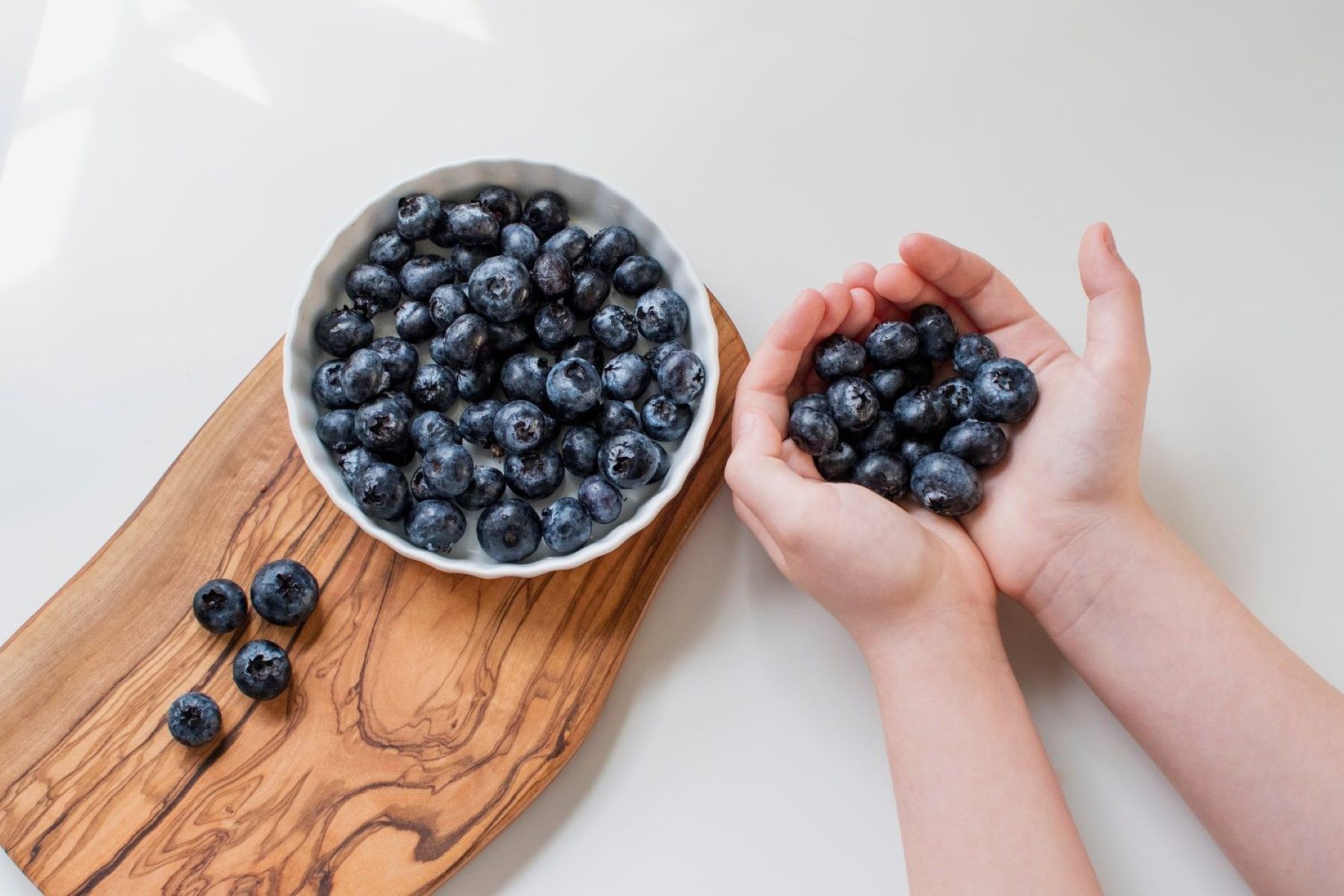

Garden Essentials
How To Start Blueberry Seeds
Modified: August 20, 2024
Learn how to start blueberry seeds in your garden and enjoy delicious homegrown berries. Follow our step-by-step guide for a successful blueberry seed planting process.
(Many of the links in this article redirect to a specific reviewed product. Your purchase of these products through affiliate links helps to generate commission for Storables.com, at no extra cost. Learn more)
Introduction
Welcome to the world of blueberry gardening! Growing blueberries from seeds can be a rewarding and fulfilling experience for gardeners of all levels of expertise. Whether you’re a seasoned green thumb or a beginner with a passion for plants, starting blueberry seeds allows you to witness the miraculous journey from a tiny seed to a bountiful plant.
Blueberries are not only delicious and nutritious, but they also make a stunning addition to any garden or landscape. With their vibrant foliage and beautiful clusters of berries, blueberry plants offer a feast for the eyes as well as the taste buds. While it is common to propagate blueberries through cuttings or nursery-bought plants, starting them from seeds can be a fun and cost-effective alternative.
In this article, we will guide you through the step-by-step process of starting blueberry seeds. From collecting and preparing the seeds to ensuring optimal germination conditions and caring for your seedlings, we will cover all the essential information you need to get started on your blueberry-growing journey.
Before we dive into the details, it’s important to note that growing blueberries from seeds requires patience and a long-term commitment. Blueberry plants are slow growers, and it may take a few years before you can enjoy a full harvest of berries. However, the satisfaction of nurturing your own blueberry plants from seeds and watching them thrive is absolutely worth it.
So, if you’re ready to embark on this horticultural adventure, let’s begin by discussing the first step: collecting blueberry seeds.
Key Takeaways:
- Starting blueberry seeds is a magical journey from tiny seeds to bountiful plants, but it requires patience and commitment. Choose ripe blueberries, prepare the right soil, and provide optimal conditions for germination to succeed.
- Caring for blueberry plants involves consistent watering, acid-loving fertilizer, pruning, pest control, and winter protection. With dedication and nurturing, you can enjoy a delightful harvest of delicious blueberries.
Read more: How To Grow Blueberries From Seeds
Step 1: Collecting Blueberry Seeds
The first step in starting blueberry seeds is to gather them from ripe blueberries. You can either purchase fresh blueberries from a local farmer’s market or pick them from your own garden if you already have established blueberry plants.
Here’s how to collect blueberry seeds:
- Select fully ripe blueberries: Choose blueberries that are plump, juicy, and fully ripe. This ensures that the seeds inside are mature and ready for germination. Avoid using underripe or overripe blueberries, as their seeds may not be viable.
- Extract the seeds: Gently squeeze the blueberries to loosen the seeds. Then, use a spoon or your fingers to carefully remove the seeds from the pulp. Be gentle to avoid damaging the seeds.
- Clean the seeds: Rinse the extracted seeds under cool running water to remove any remaining pulp or debris. Pat them dry with a paper towel.
- Storage: If you’re not planning to plant the seeds immediately, it’s important to store them properly to maintain their viability. Place the cleaned, dry seeds in an airtight container or a sealed plastic bag. Store them in a cool, dry place away from direct sunlight until you’re ready to start the germination process.
It’s worth noting that not all blueberry varieties produce seeds that are viable for germination. Some commercial blueberries are hybrid varieties that require specific breeding techniques for propagation. Therefore, it’s recommended to use blueberries from open-pollinated or heirloom varieties for the best chances of success in growing blueberry plants from seeds.
Now that you have collected your blueberry seeds, it’s time to move on to the next step: preparing the planting materials.
Step 2: Preparing the Planting Materials
Now that you have collected your blueberry seeds, it’s important to prepare the planting materials to create an optimal environment for germination. Proper preparation will ensure that your seeds have the best chance of thriving and developing into healthy seedlings.
Here’s how to prepare the planting materials for your blueberry seeds:
- Choose the right container: Select a shallow seed tray or small pots with drainage holes for planting your seeds. Blueberries have a shallow root system, so a flat container with a depth of about 2-3 inches will suffice.
- Soil mixture: Blueberries prefer acidic soil with a pH range of 4.5 to 5.5. You can create a suitable soil mixture by combining equal parts of peat moss, perlite, and pine bark. This mixture provides the ideal texture and pH level for blueberry seed germination.
- Filling the container: Fill the container with the prepared soil mixture, leaving about half an inch of space at the top for watering.
- Moisten the soil: Before sowing the blueberry seeds, gently moisten the soil in the container. Be careful not to oversaturate the soil, as excess moisture can lead to rotting of the seeds.
With your planting materials ready, you are now prepared to move on to the next step: stratifying the blueberry seeds.
Step 3: Stratifying the Blueberry Seeds
Blueberry seeds require a period of cold stratification to break their dormant state and stimulate proper germination. This process mimics the natural conditions that blueberry seeds experience in the wild during winter.
Here’s how to stratify your blueberry seeds:
- Prepare the seeds: Remove the stored blueberry seeds from their storage container and place them on a damp paper towel. This helps to hydrate the seeds and prepare them for stratification.
- Wrap in the paper towel: Fold the damp paper towel to cover the seeds and create a small packet. Make sure the towel is still moist but not dripping wet.
- Place in a plastic bag: Put the seed packet inside a plastic bag and seal it tightly to create a humid environment. This will prevent the seeds from drying out during the stratification process.
- Refrigeration: Place the sealed plastic bag with the seeds in the vegetable crisper drawer of your refrigerator. The ideal temperature for stratification is around 35 to 40 degrees Fahrenheit (1 to 4 degrees Celsius).
- Duration of stratification: Blueberry seeds typically require a stratification period of 60 to 90 days. During this time, periodically check the moisture levels of the paper towel and ensure it remains damp. Avoid allowing it to dry out completely.
Stratification breaks the seed’s dormancy and signals to the seed that it is time to begin the germination process. This cold treatment simulates the winter conditions that blueberry seeds naturally go through before sprouting in the spring.
Once the stratification period is complete, you’re ready to move on to the next step: planting the blueberry seeds.
Step 4: Planting the Blueberry Seeds
Now that your blueberry seeds have undergone stratification, it’s time to plant them and give them the opportunity to germinate and grow into seedlings. Proper planting techniques and considerations will ensure the best chances of success in this crucial stage of the blueberry-growing process.
Here’s how to plant your blueberry seeds:
- Prepare the planting container: Take the container filled with the prepared soil mixture. Ensure the soil is moist but not waterlogged.
- Sow the seeds: Gently press each blueberry seed into the soil, planting them at a depth of approximately ¼ inch. Space the seeds about an inch apart to allow room for growth.
- Cover the seeds: Cover the planted seeds with a thin layer of the soil mixture, ensuring they are adequately covered but not buried too deeply.
- Moisten the soil: Carefully water the soil, ensuring it is evenly moist. Avoid overwatering, as excessive moisture can lead to rotting of the seeds.
It’s important to note that not all blueberry seeds may germinate, and germination rates can vary. Patience is key during this stage, as it may take anywhere from a few weeks to several months for the seeds to sprout.
Now that you have planted your blueberry seeds, it’s time to move on to the next step: providing the right conditions for germination.
To start blueberry seeds, first stratify them by placing them in a damp paper towel in the refrigerator for 3 months. Then, plant them in a well-draining, acidic soil mix and keep them consistently moist. Good luck!
Read more: How To Get Seeds From Blueberries
Step 5: Providing the Right Conditions for Germination
Now that your blueberry seeds are planted, it’s crucial to provide them with the right conditions for germination. Creating the optimal environment will help the seeds to sprout and develop into healthy seedlings. Here are some essential factors to consider:
- Temperature: Blueberry seeds germinate best at temperatures between 70 to 75 degrees Fahrenheit (21 to 24 degrees Celsius). You can maintain a consistent temperature by placing the container in a warm area such as a greenhouse or near a south-facing window.
- Light: Blueberry seeds require indirect sunlight or bright, filtered light. Avoid exposing the seeds to direct sunlight as it can dry out the soil and potentially harm the delicate seedlings. If necessary, you can provide artificial fluorescent lighting to supplement natural light.
- Moisture: It’s crucial to keep the soil evenly moist throughout the germination period. Check the moisture level regularly and water as needed, being careful not to oversaturate the soil. Using a spray bottle to mist the soil can help maintain adequate moisture without disturbing the seeds.
- Air circulation: Good air circulation is vital for preventing fungal or mold growth and ensuring healthy seedlings. Avoid overcrowding the seedlings and provide sufficient space between them to allow air to flow freely.
- Patience: Germination can take anywhere from a few weeks to several months, depending on various factors such as seed quality, temperature, and soil conditions. It’s important to be patient and resist the urge to disturb the seeds during this time.
Keep a close eye on the seeds and monitor their progress. Once the seedlings have emerged, you can move on to the next step: transplanting the seedlings into individual pots.
By providing the right conditions for germination, you are giving your blueberry seeds the best chance of success and ensuring the healthy development of your future blueberry plants.
Step 6: Transplanting the Seedlings
Congratulations! Your blueberry seedlings have successfully emerged, and now it’s time to transplant them into individual pots. Transplanting allows the seedlings to have more space to grow and develop strong root systems. Follow these steps to transplant your blueberry seedlings:
- Prepare individual pots: Choose pots that are at least 4 inches in diameter and have drainage holes. Fill the pots with a well-draining soil mixture, such as a mix of peat moss, perlite, and pine bark in equal parts.
- Moisten the soil: Before transplanting, thoroughly moisten the soil in the pots. This will help the seedlings settle into their new homes and establish their roots.
- Gently loosen the seedlings: Carefully separate the seedlings from the container or tray they were initially planted in. Gently loosen the soil around the roots, taking care not to damage them.
- Plant the seedlings: Dig a small hole in the center of each pot and carefully place a seedling into the hole. Ensure that the top of the seedling’s root ball is level with the soil surface. Fill in any gaps with the soil mixture, gently firming it around the roots.
- Water the seedlings: Give each transplanted seedling a thorough watering to help settle the soil around the roots. Ensure that water drains out of the bottom of the pot, but avoid leaving the seedlings sitting in standing water.
- Placement and care: Place the pots in a location that receives full sun or partial shade, depending on your specific blueberry variety. Ensure the seedlings receive adequate water, keeping the soil moist but not waterlogged.
Transplanting allows the blueberry seedlings to establish themselves in their own individual space, promoting healthy growth and development. As the seedlings continue to grow, be mindful of their growth trajectory and consider providing support, such as stakes or small trellises, if necessary.
Now that your blueberry seedlings are happily settled in their new pots, it’s time to move on to the next step: caring for the blueberry plants.
Step 7: Caring for the Blueberry Plants
Now that you have successfully transplanted your blueberry seedlings, it’s important to provide proper care to ensure their healthy growth and eventual fruit production. Blueberry plants have specific needs that, when met, can result in robust and productive plants.
Here are some essential tips for caring for your blueberry plants:
- Watering: Blueberries require consistent moisture, especially during the growing season. Keep the soil evenly moist but be careful not to overwater, as excess moisture can lead to root rot. Monitor the soil regularly and water when the top inch feels dry.
- Fertilization: Blueberries are acid-loving plants. Fertilize your blueberry plants in early spring with a slow-release fertilizer specifically formulated for acid-loving plants. Follow the manufacturer’s instructions for application rates, and avoid over-fertilization, as it can damage the plants.
- Pruning: Pruning is essential for maintaining the health and productivity of blueberry plants. Prune in late winter or early spring before new growth starts. Remove any dead or damaged branches and thin out the center of the plant to improve air circulation. This encourages new growth and helps prevent disease.
- Pest and disease control: Blueberries can be susceptible to certain pests and diseases, such as aphids, mites, and fungal infections. Monitor your plants regularly and take prompt action if you notice any signs of infestation or disease. Use organic pest control methods whenever possible and follow recommended practices to prevent and manage issues.
- Netting: If you have birds in your area that may be attracted to your blueberry plants, consider using netting to protect the ripening berries. This will prevent birds from devouring your harvest and allow you to enjoy the fruits of your labor.
- Winter protection: In colder climates, protect your blueberry plants from harsh winter conditions by mulching around the base of the plants. Apply a thick layer of organic mulch, such as wood chips or pine needles, to insulate the roots and protect them from freezing temperatures.
By providing consistent care and addressing the specific needs of your blueberry plants, you can enjoy a bountiful harvest of tasty and nutritious berries year after year.
Now that you have learned how to care for your blueberry plants, you are well on your way to becoming a successful blueberry gardener! With patience, dedication, and a little nurturing, you can enjoy the satisfaction of growing your own delicious blueberries.
Remember to savor the journey and enjoy the process of watching your blueberry seeds grow into beautiful, fruitful plants. Happy gardening!
Conclusion
Congratulations on completing the journey of starting blueberry seeds and embarking on the rewarding adventure of growing your own blueberry plants! From collecting the seeds to caring for the seedlings, you’ve learned the essential steps to give your blueberry seeds the best chance of success.
Starting blueberry seeds allows you to witness the magic of nature as tiny seeds transform into vibrant, fruitful plants. It may take some time and patience, but the satisfaction of nurturing your plants from seed to harvest is incredibly rewarding.
Throughout this process, you have gained insights into the importance of choosing ripe blueberries, preparing the planting materials, and providing the optimal conditions for germination. By stratifying the seeds and transplanting the seedlings, you have set the stage for healthy growth and future fruit production.
Caring for your blueberry plants is crucial for their sustained growth and productivity. From watering and fertilizing to pruning and protecting against pests and diseases, you now have the knowledge to ensure your blueberry plants thrive.
Remember, blueberries are not only delicious and nutritious; they also add beauty to your garden with their vibrant foliage and bountiful clusters of berries. As you watch your plants grow and mature, you’ll be rewarded with a harvest of sweet and tangy berries to enjoy in various culinary delights.
Whether you’re a seasoned gardener or a beginner, growing blueberries from seeds offers a rewarding experience filled with learning and fulfillment. Embrace the journey, be patient, and enjoy the wonders that come with tending to your precious blueberry plants.
As you continue on your gardening adventure, never hesitate to seek advice from local experts or online resources specific to your region, as different blueberry varieties may have specific requirements.
So, roll up your sleeves, get your hands dirty, and watch in awe as your blueberry seeds transform into thriving plants. Happy gardening, and here’s to a fruitful blueberry harvest in your future!
Frequently Asked Questions about How To Start Blueberry Seeds
Was this page helpful?
At Storables.com, we guarantee accurate and reliable information. Our content, validated by Expert Board Contributors, is crafted following stringent Editorial Policies. We're committed to providing you with well-researched, expert-backed insights for all your informational needs.
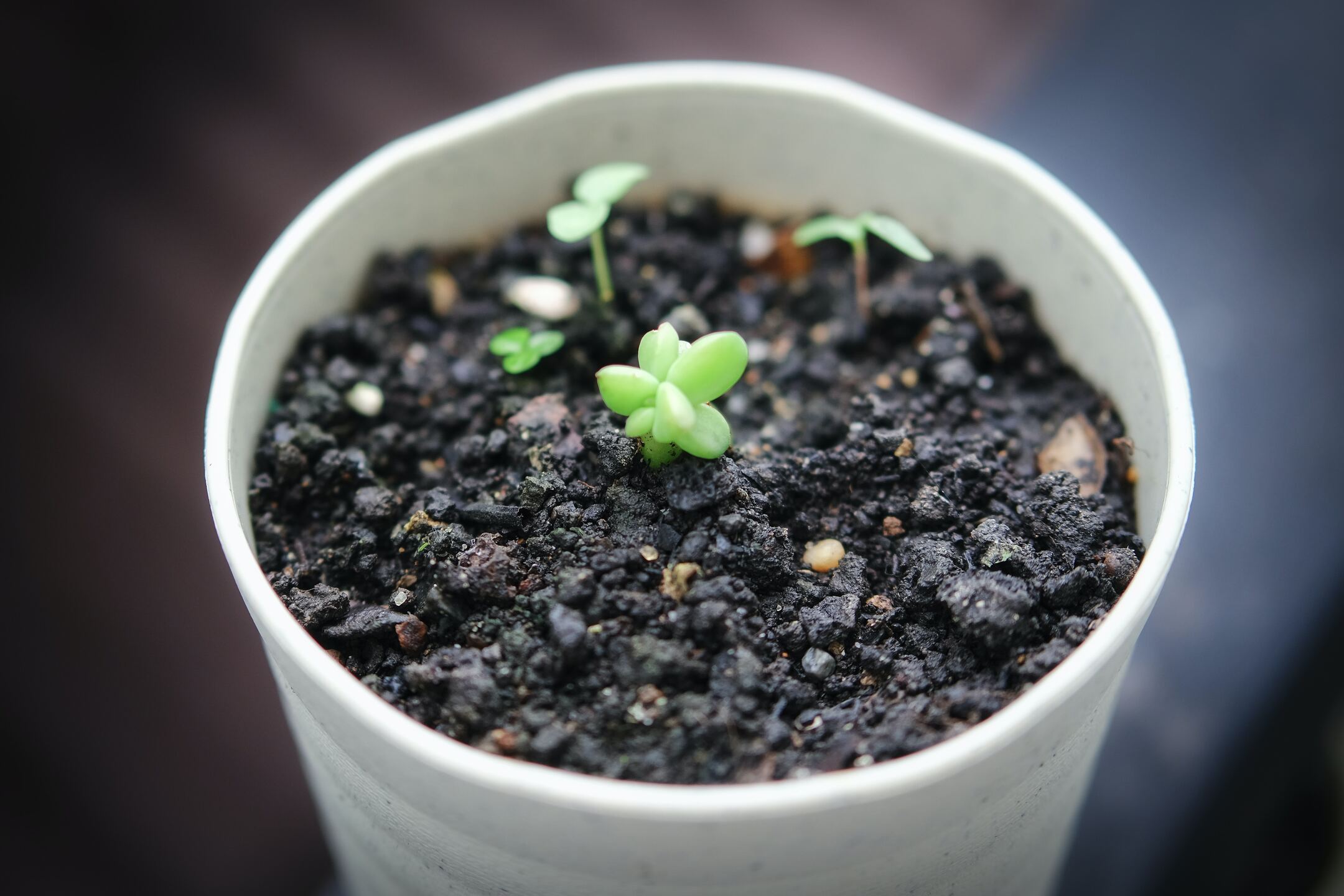
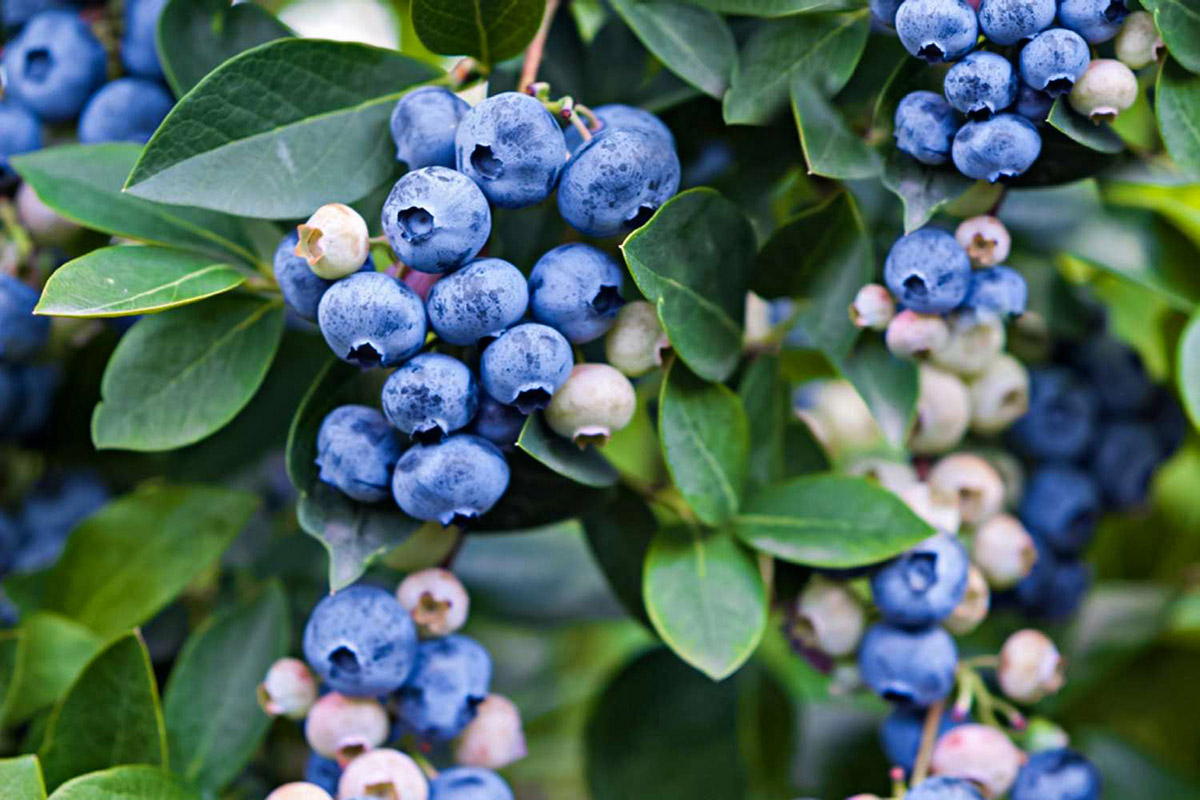
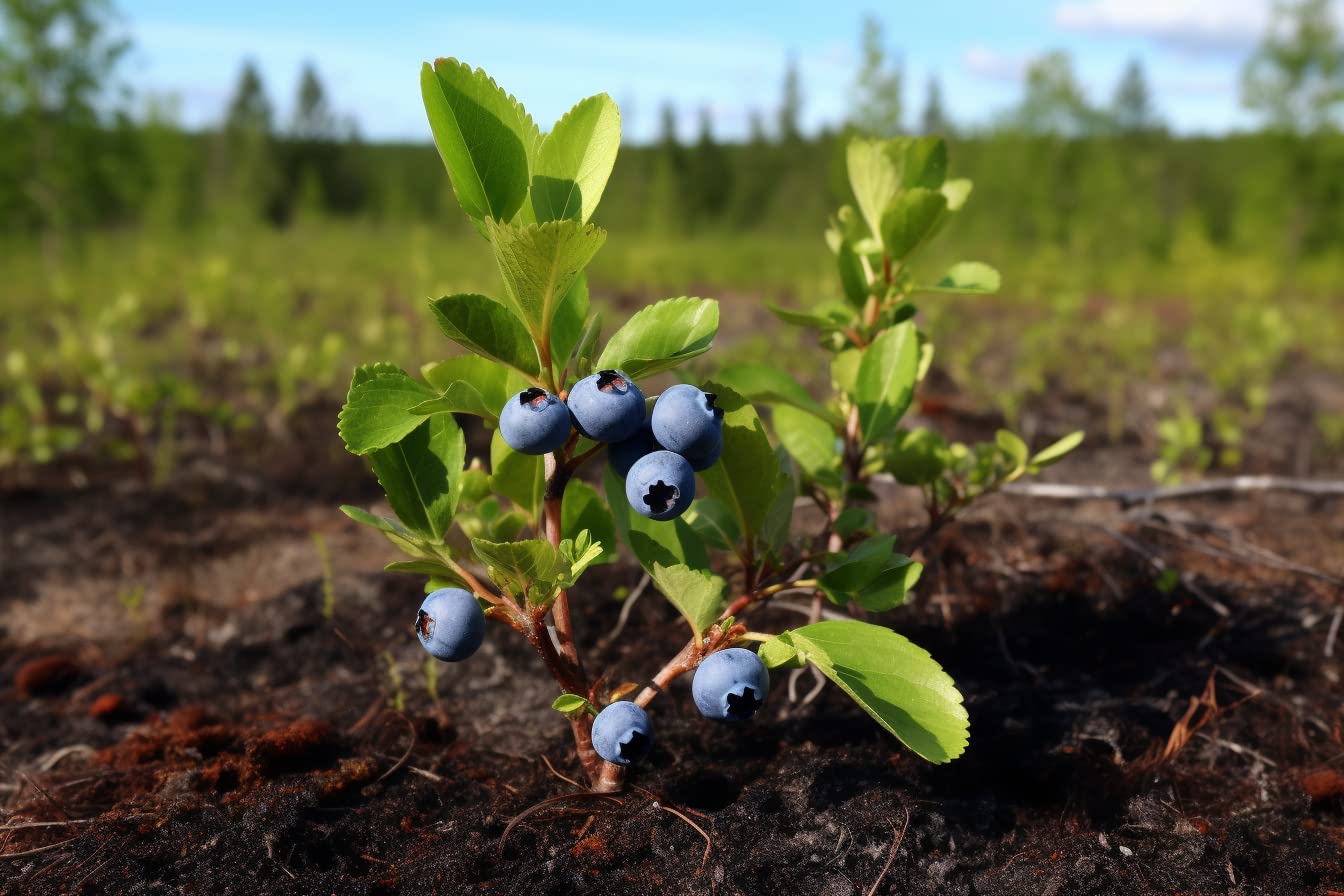
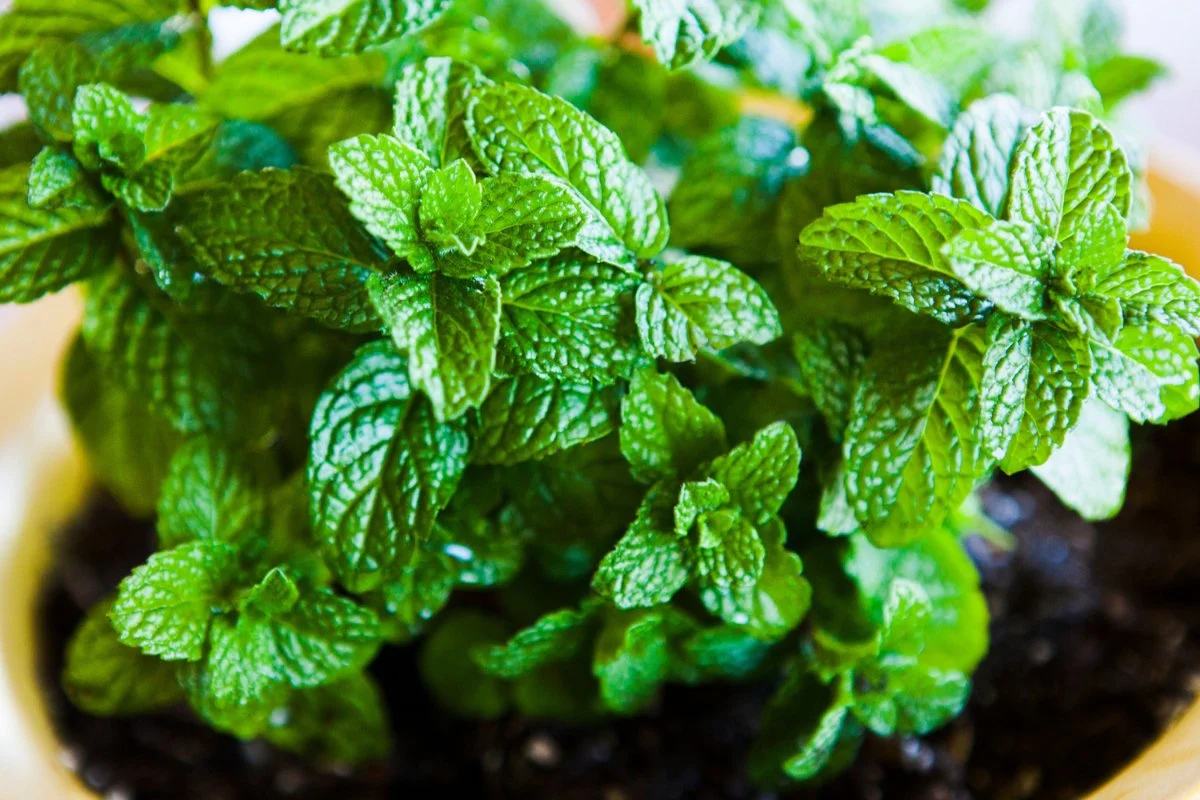
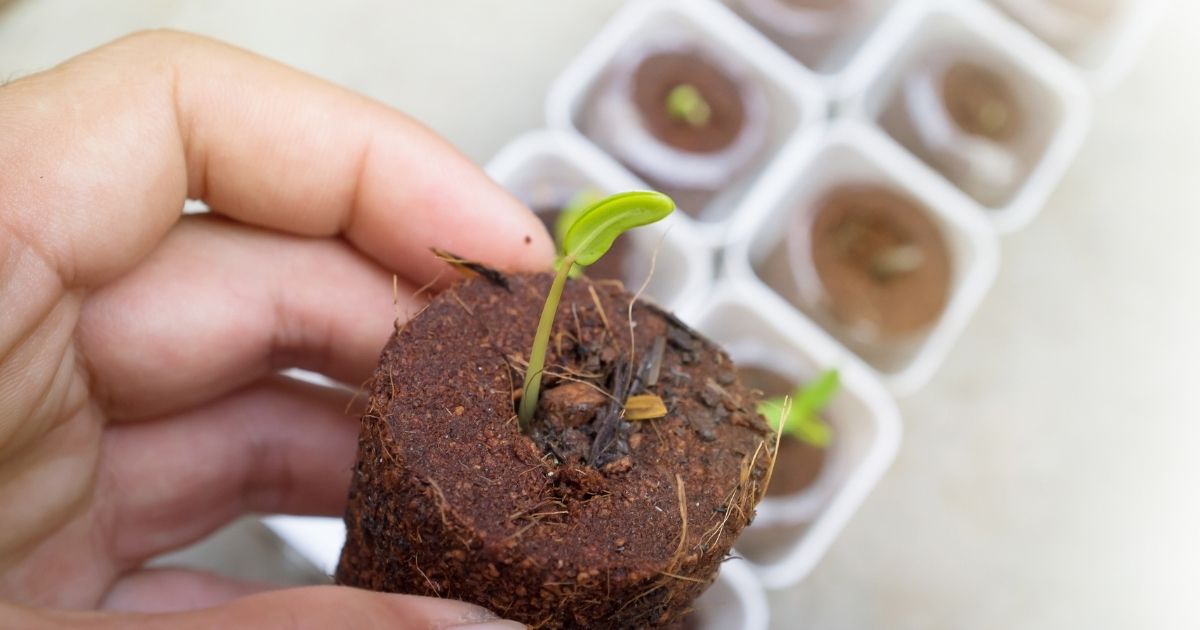
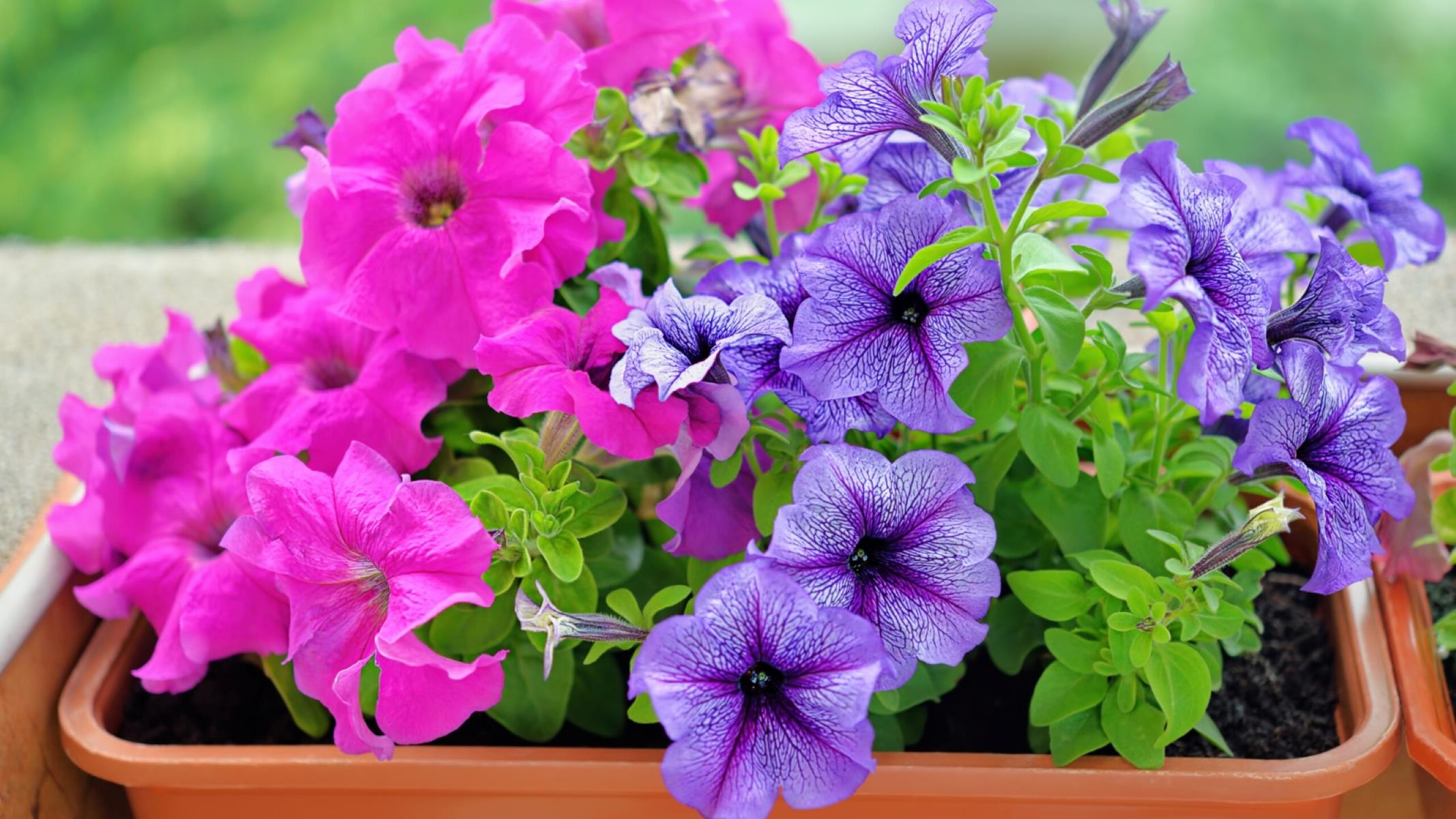
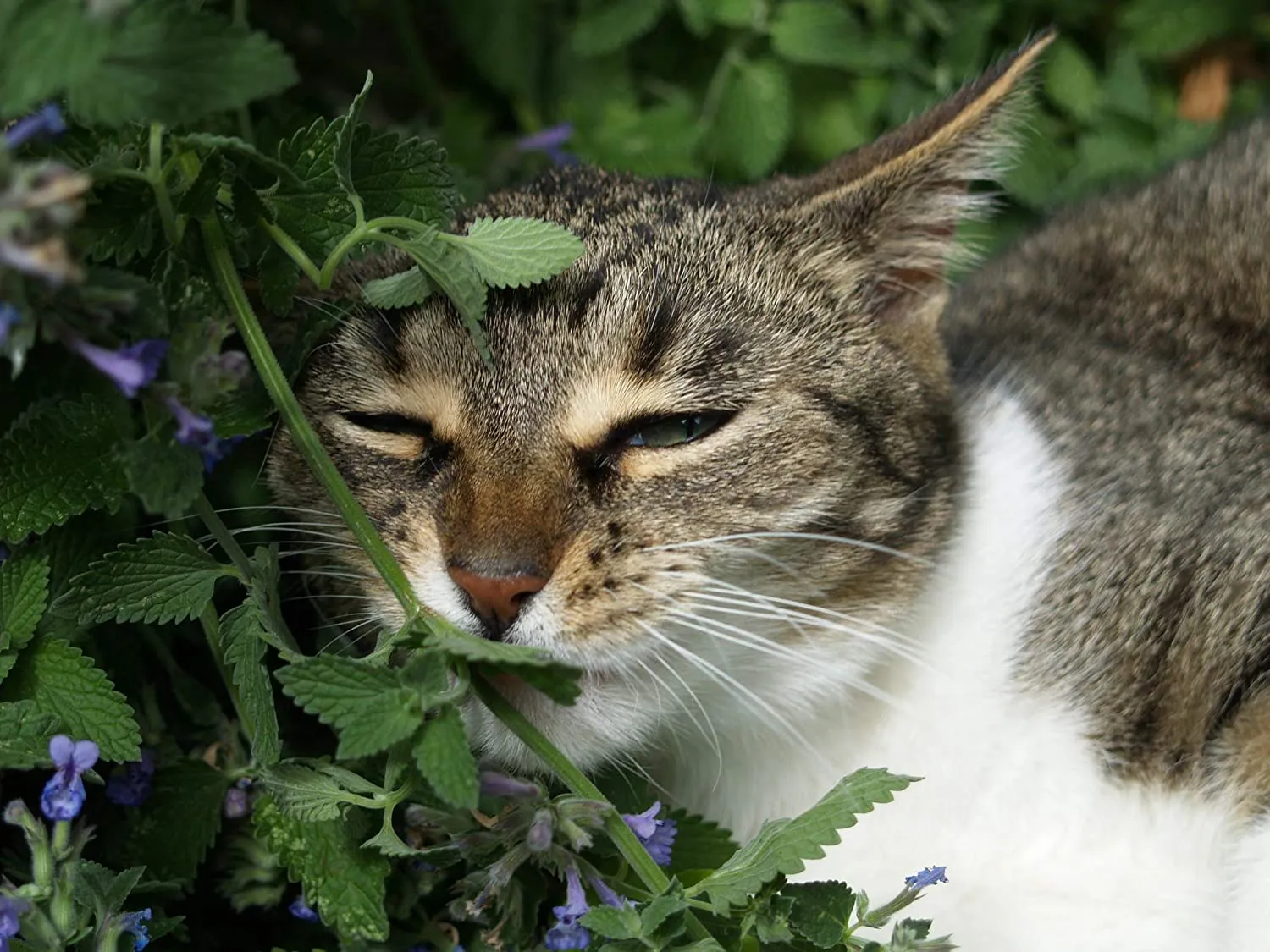
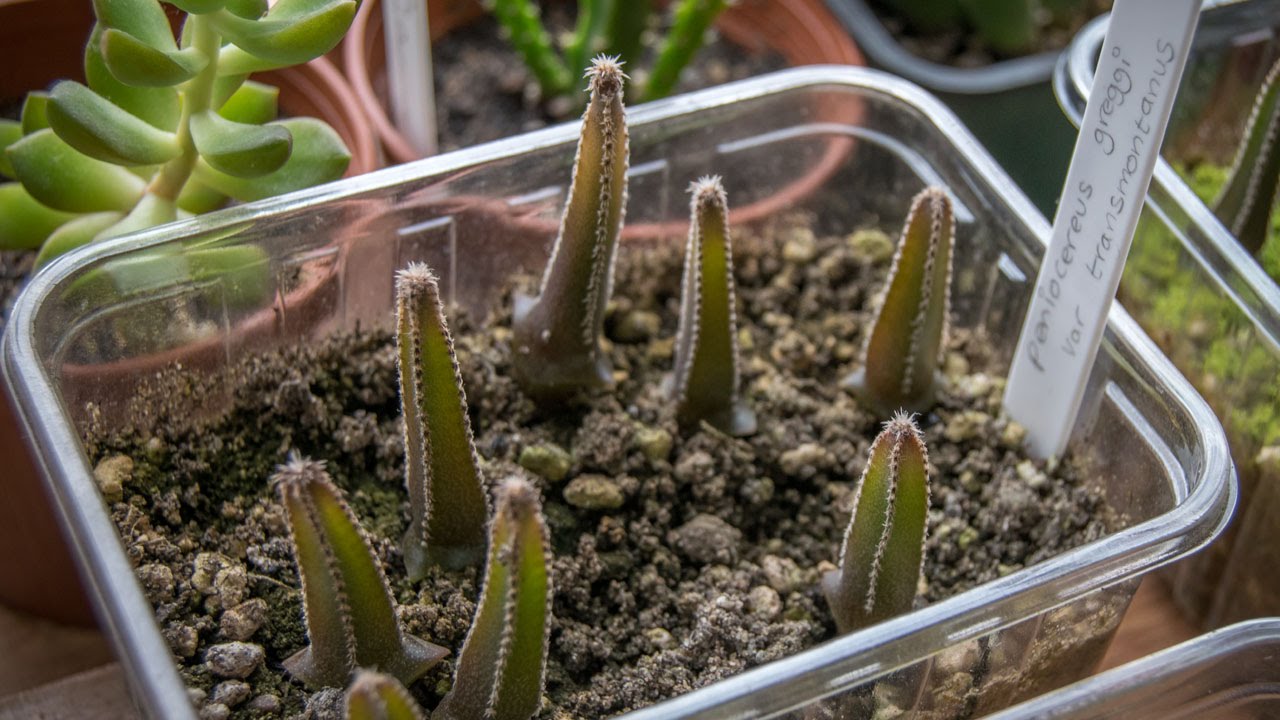
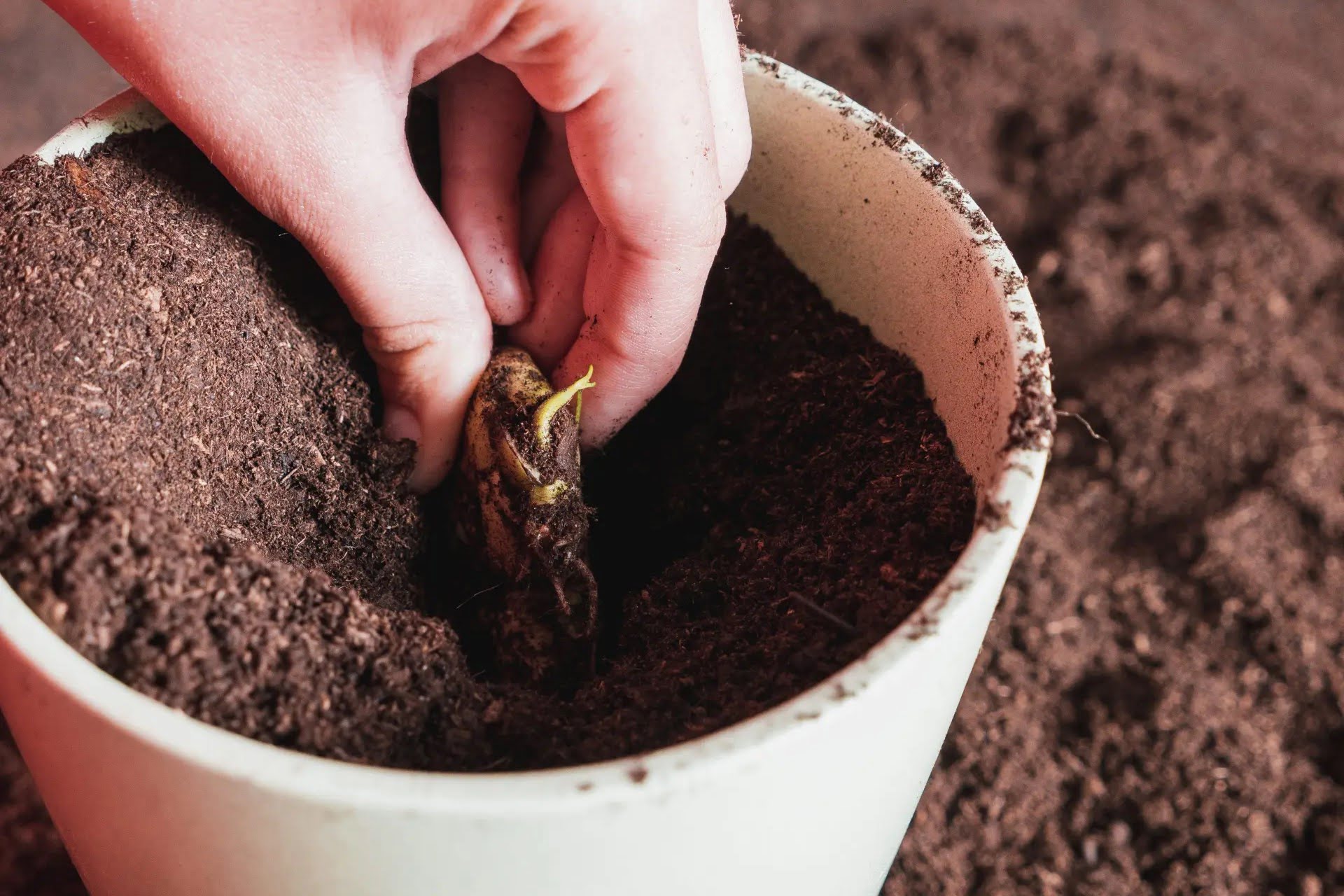
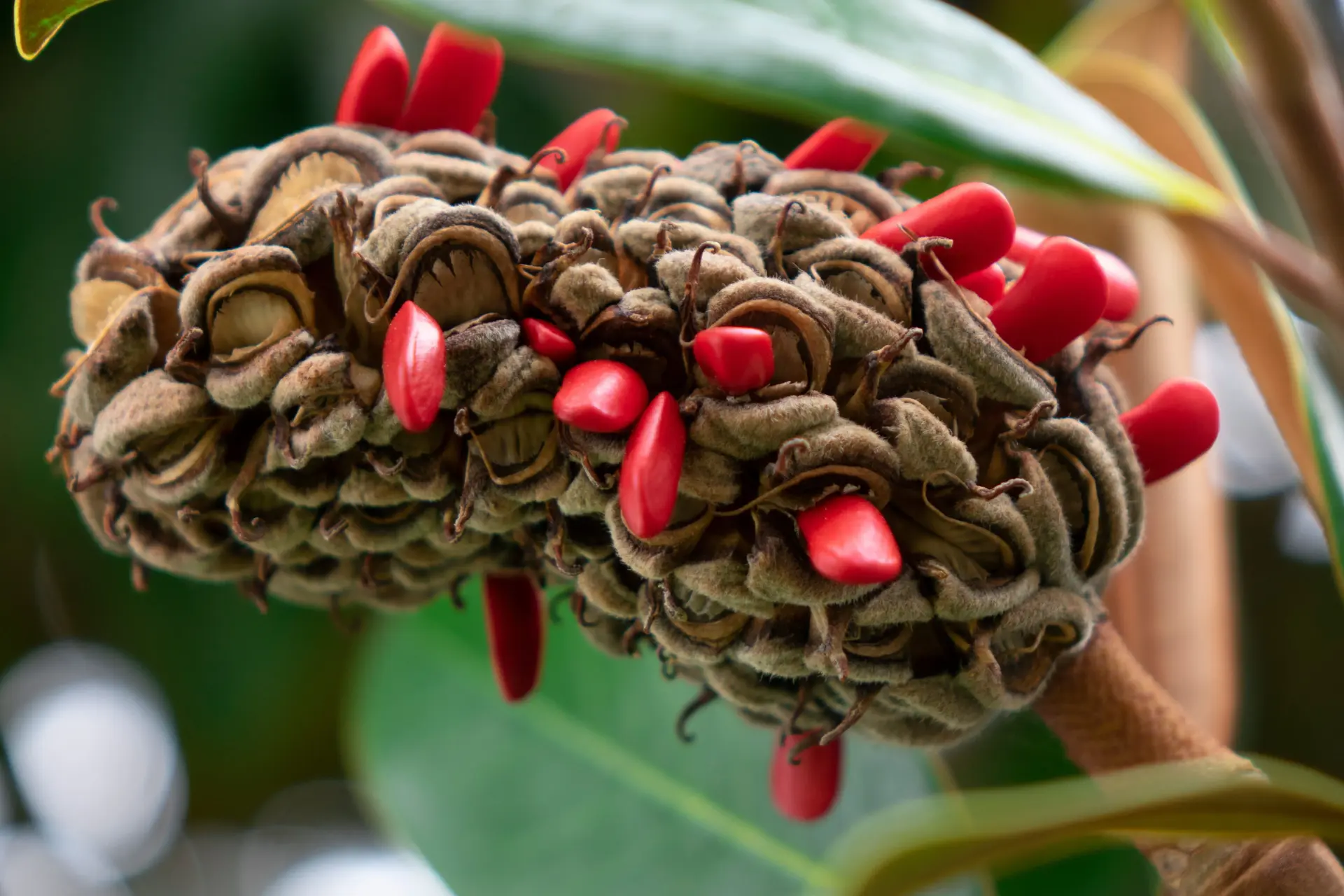
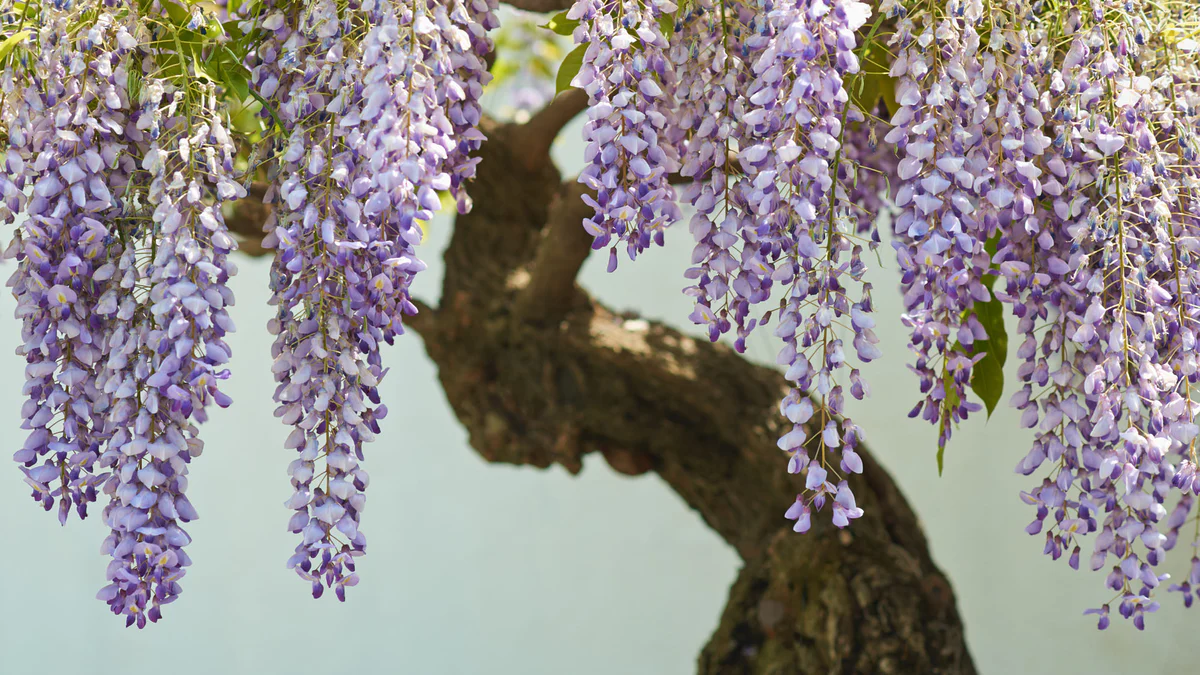
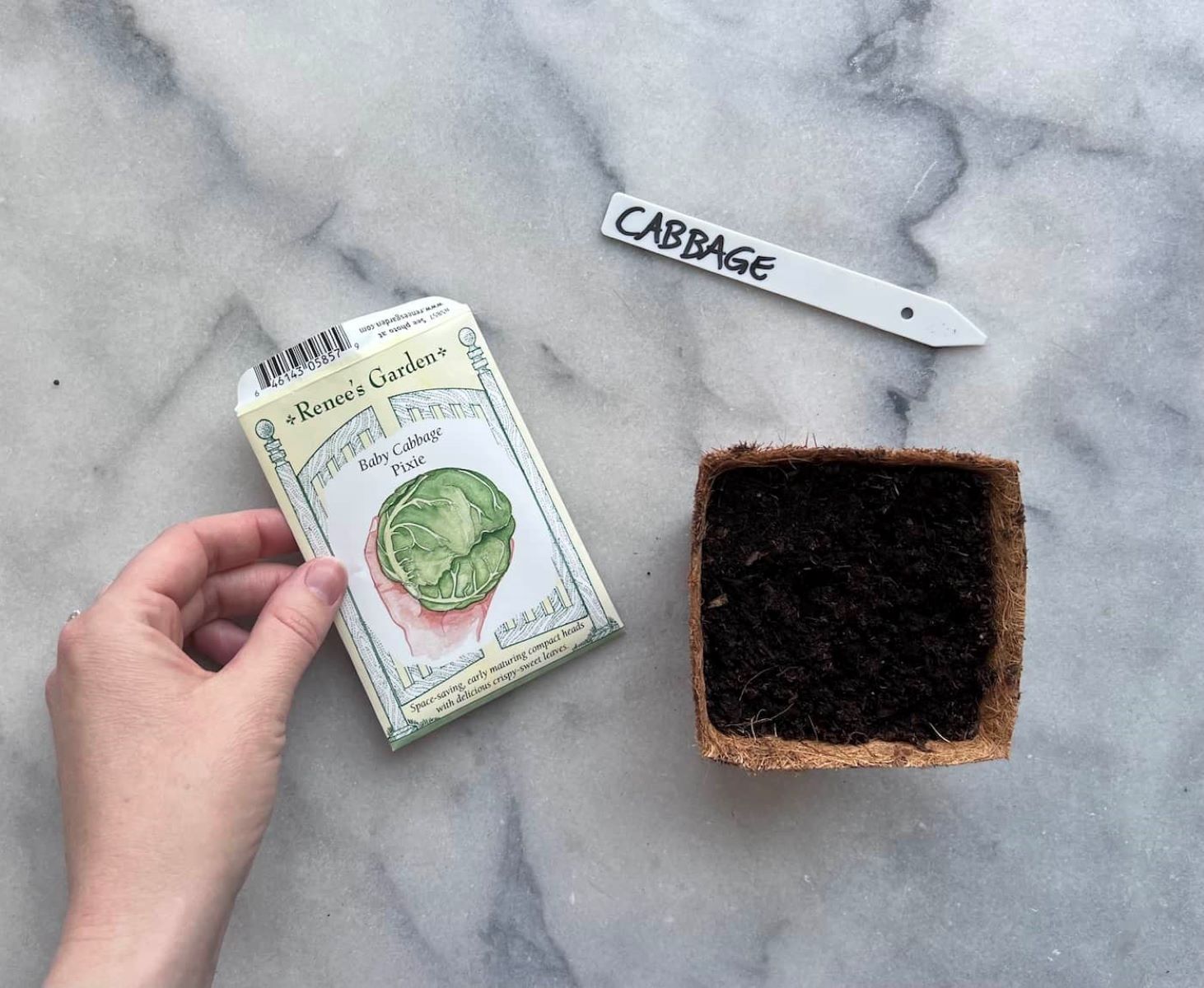
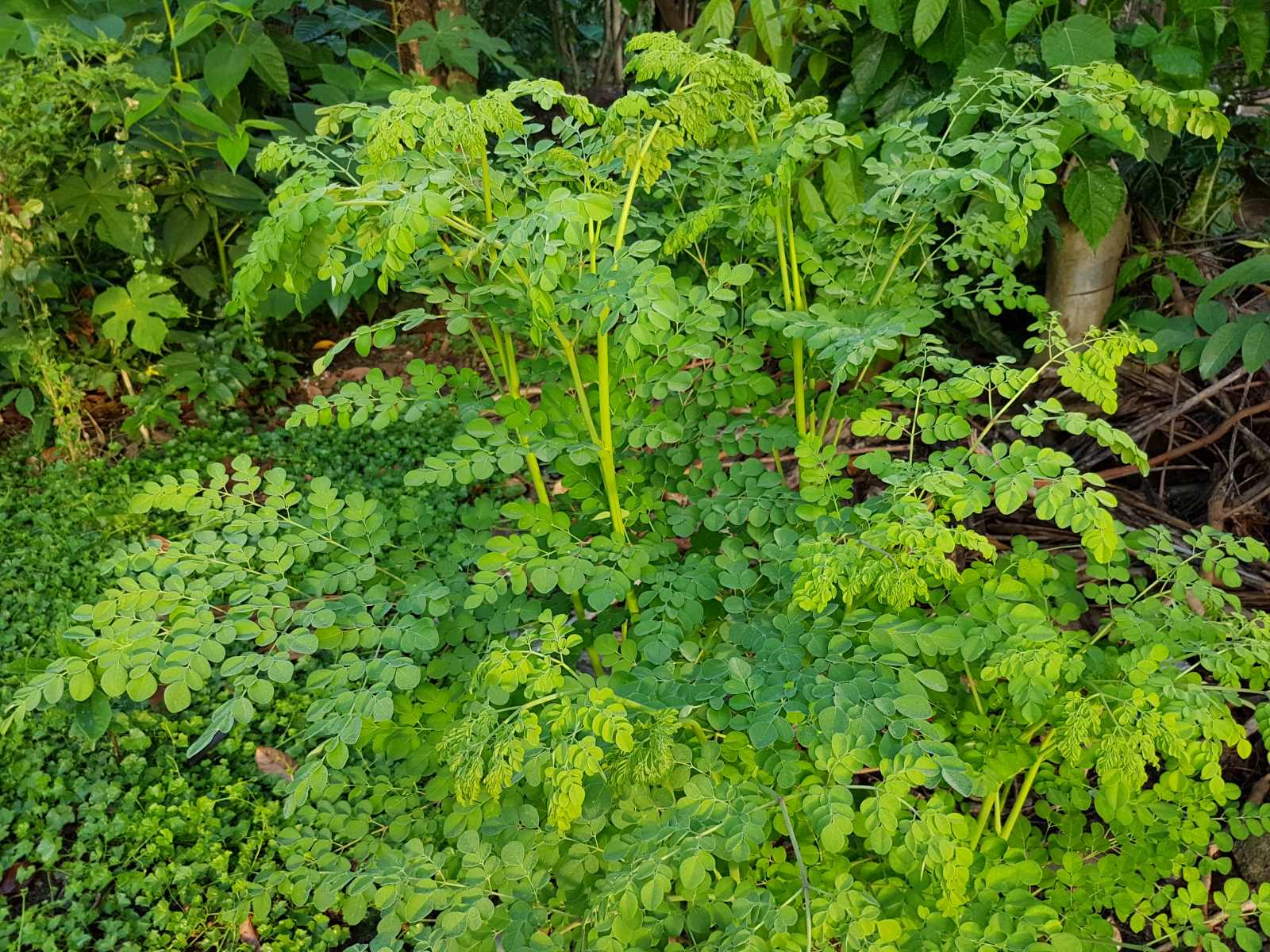
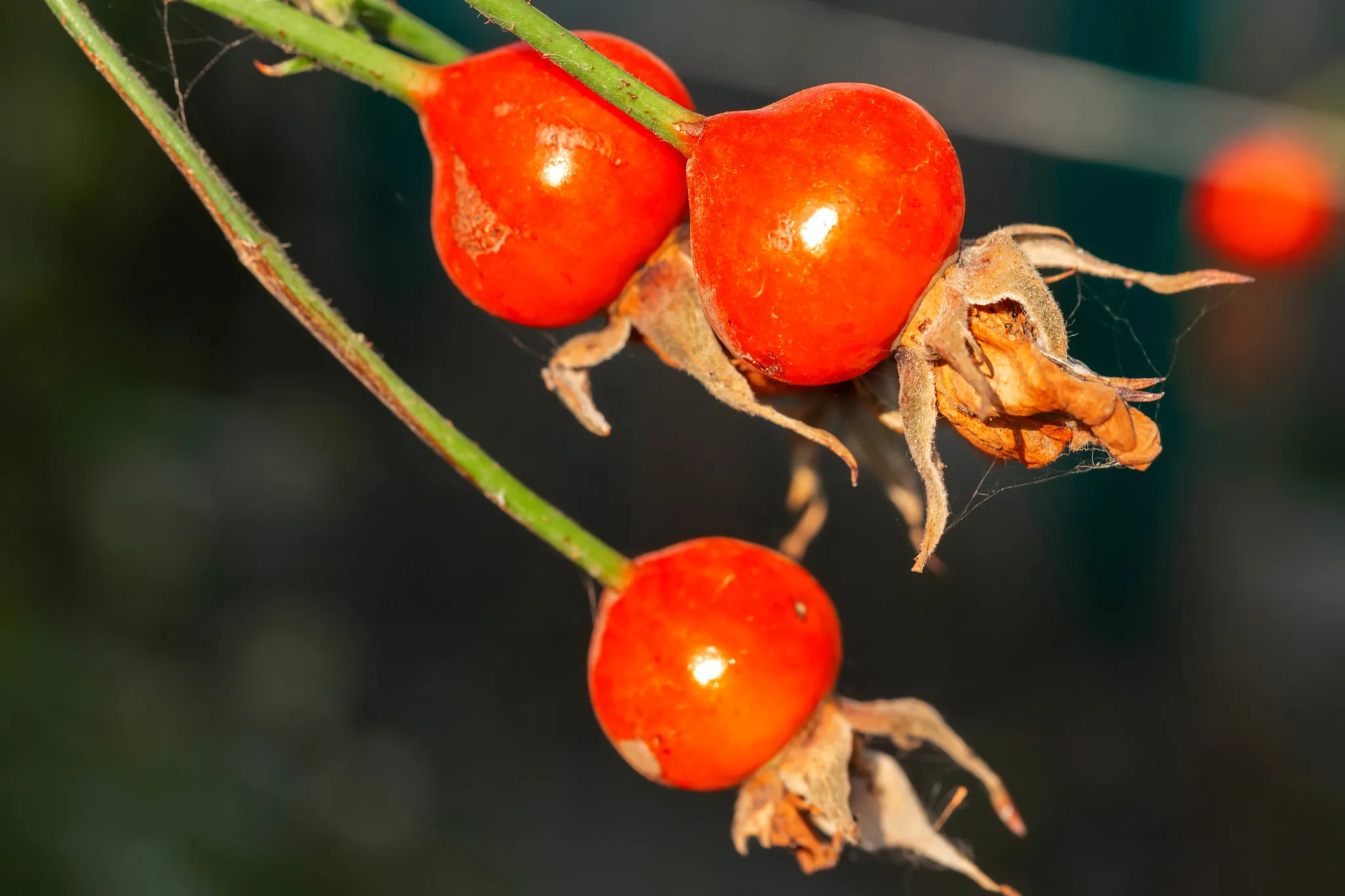

0 thoughts on “How To Start Blueberry Seeds”